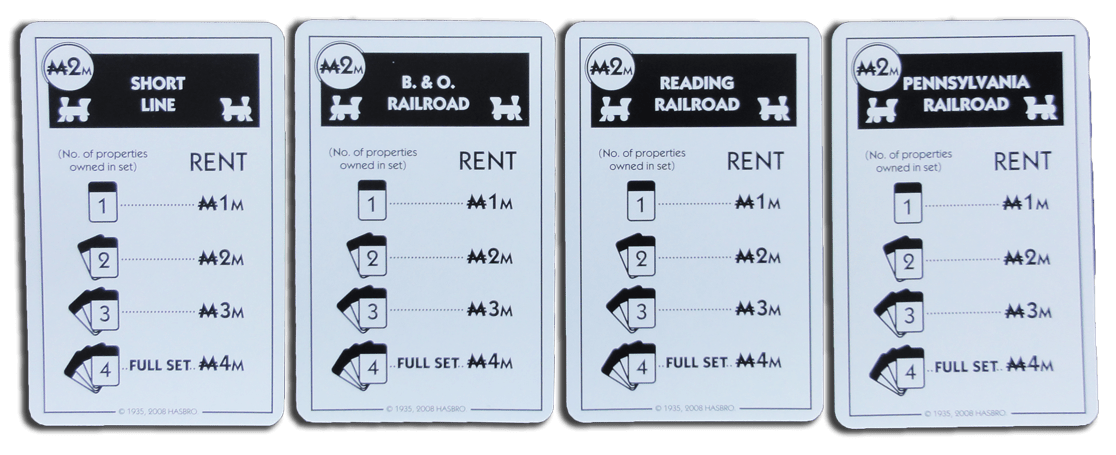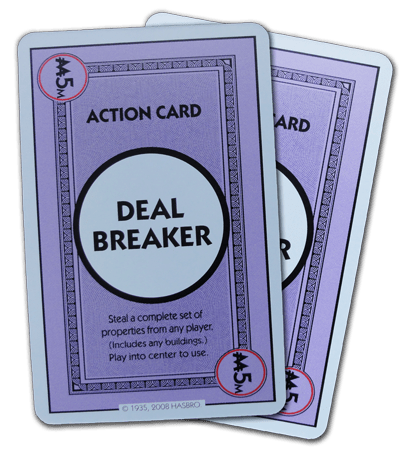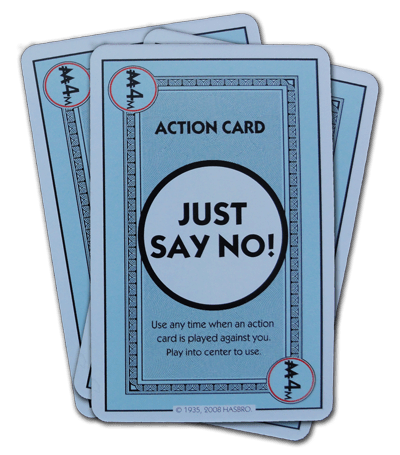
Pick a game to play that is memorable to you for being great or not great. Determine if the game balance is responsible for that game experience. Read this article on Game Balance (Links to an external site.) and write about how the four types of Game Balance relate to your game experience. Also, discuss the Three Ways to Balance Game Objects (Transitive, Intransitive, and Fruity) in your analysis. You are welcome to write glowing praise or brutal teardown essays.
For this critical play, I chose the game Monopoly Deal, an amazing card-game sequel to the Monopoly board game. I will argue that the game’s amazing balancing is the cause of the incredible fun that the game delivers. Specifically, the third and fourth types of balancing, which involve the balance between different winning strategies and the balance between different in-game cards and objects, allow each player to play with a unique playing style while still being able to win the game reliably.
For those of you who have never played Monopoly Deal (you should go play it ASAP), the game basically works like this: all players are dealt a set of cards, which can include action cards (like “Steal a property from another player” or “charge rent on your green properties”), money cards (which can be laid on the table or kept in your hand), and property cards (just like those in the original Monopoly). Going around the table, each player is allowed to draw two cards and play up to 3 cards onto the table (for properties or money) or into the center (action cards), and the goal of the game is to collect three complete color sets of property on the table.


This game is a lot of fun because the outcome is uncertain until the very end due to the amazing balancing of the cards. Even if a player seems to have it made and is about to win the game, a surprise use of the Deal-Breaker card, which steals an entire set of properties from another player, can completely change the outcome of the game. However, because this game displays the fourth type of balance — balance between cards — there are also other cards that can block the actions of these powerful actions. For example, the Just Say No card can reject any action card like the Deal-Breaker that is played against you. Someone can Just Say No your Just Say No, but you can also Just Say No their Just Say No to your Just Say No! I love this aspect of the game, where secret ace cards can be the deciding factor of what seems like a won game.
Monopoly Deal also displays the third type of balance: balance between strategies. There are many strategies to pursue to win Monopoly Deal, among them simply collecting properties and hoping for the best, forming alliances and deals with other players, or not collecting anything and slyly stealing the win at the very end. Just like in the original Monopoly game, all of these strategies are capable of both winning and backfiring horribly, which is what makes every single game full of challenging fun and suspense.
This game has clearly been transitively balanced, in that every benefit comes with an associated cost. Placing cards on the table gets you closer to the goal of winning the game and protects you from rent charges, but it also exposes you to steals and threats from other players. Collecting full sets early in the game also straightforwardly brings you closer to your goal, but it also lets people use Deal-Breaker to take the entire set away from you before you can win with it. Having lots of cards on the table allows you to pay any rent that is charged you, but if you have no cards on the table you also cannot be charged rent. In these ways, every benefit has a cost, and every apparent downside can have its own benefits. In conclusion, Monopoly Deal is a very well-balanced game.


